Ultrasound Guided Injections
Why use guided injections?
Guided injections are highly effective when an accurate diagnosis has been made. There are many different types of injections and medications/viscosupplements that can be administered to help patients along a process of recovery and/or management.
Guided injections allow for pinpoint accuracy making sure that the medication is targeted at the source of inflammation and/or tissue damage. It allows us to offer a wide range of injections safely and effectively, avoiding injury to sensitive structures such as nerves and blood vessels. It is important to remember however that activity modification and rehabilitation aimed at improving tissue resilience and capacity are just as important in the long term management of musculoskeletal pathology.
What happens during an ultrasound guided injection?
As with other imaging modalities, ultrasound does not expose patients to radiation and as such is the safest and quickest way to administer guided injections in real time.
An ultrasound probe is placed on your skin with a layer of gel placed between the footprint of the probe and the skin to allow the ultrasound waves to produce an image of the structures below. Once the exact location of inflammation and/or tissue damage has been visualised a needle is then entered through the skin and is carefully guided by the live images on the screen.
Are these procedures safe?
All the procedures carried out at clinic 360 are administered to the highest standards by highly trained and experienced, ESP’s/Consultant physiotherapists or MSK doctors that do hundreds of these interventions every year. On the whole injections are very safe when administered correctly and appropriately.
However, as with any invasive procedure there is always a small risk of potential adverse reactions. This will depend on the type of injection you have and will be discussed on a case by case basis prior to any interventional procedure.
Can everyone have these injections?
There are certain patient groups that are not suitable for interventions (ladies who are pregnant and breastfeeding, patients with certain underlying health issues, taking certain medications, active infections and where there is no clear clinical indication that an injection would help). This will again depend on the type of injection you are having, your clinical presentation and any necessary imaging you may need prior to the intervention when we see you in clinic. We aim to administer any necessary procedures within the initial assessment, however certain interventions may require a further appointment.
We will help you obtain an accurate diagnosis and will always make recommendations on the merits of a particular procedure on the latest clinical evidence. This will be discussed on a case by case basis.
What happens after?
We typically advise a period of relative rest for the first 72 hours after the majority of injections. The only exception would be following a hydrodistension procedure where we would encourage you to get the shoulder moving immediately. It is also important to be complaint with any exercises you may have been shown after the procedure to get the best possible outcomes. We provide the necessary information to contact our service easily and quickly should you have any questions or concerns.
We also see a number of patients for repeat imaging especially those with acute tendon/muscle tears and chronic tendinopathies. The information we gather from the ultrasound scan will help guide rehabilitation protocols and provides objective data on how well a structure is progressing as it undergoes a return to activity be that high-end elite sport or return to general lifestyle activities.
Clinic 360. Treating pain the scientific way.



